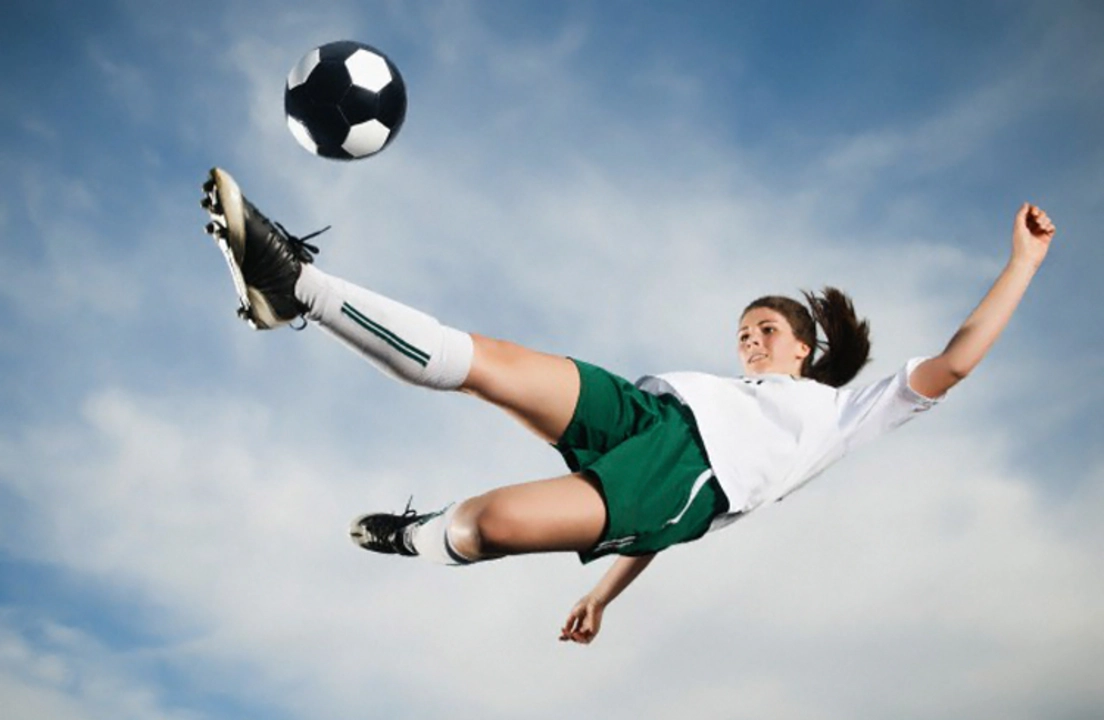May 2023 Soccer Physics: Energy Transfer Explained
Ever watched Sally blast a soccer ball and wondered where the power goes? It’s not magic – it’s physics at work. When the foot meets the ball, her muscular energy becomes the ball’s kinetic energy, sending it soaring across the field.
From Foot to Flight: The Kinetic Boost
The moment Sally’s foot strikes, the ball absorbs the force. That force translates into kinetic energy – the energy of motion. The faster the ball moves, the more kinetic energy it holds. That’s why a powerful kick sends the ball farther: more energy, higher speed.
But the ball doesn’t stay at the same energy level forever. As it climbs, gravity starts pulling it down, converting part of that kinetic energy into potential energy – the energy stored because of its height above the ground.
Energy Swaps Mid‑Air and the Role of Air Resistance
At the ball’s highest point, kinetic energy hits its low point and potential energy peaks. Then the ball falls, swapping that stored potential energy back into kinetic form. In a perfect world, this swap would be loss‑free, but real life isn’t flawless.
Air resistance steals a bit of the ball’s energy as heat. Each gust of wind or slight wobble saps energy, so the ball gradually slows down. That loss explains why a ball eventually rolls to a stop even on a flat pitch.
All of this follows the conservation of energy rule: energy never disappears, it just changes shape. Sally’s muscular effort, the ball’s motion, its height, and the tiny heat from air resistance together keep the total energy balanced.
Understanding these swaps helps players improve their game. A stronger leg push means more initial kinetic energy, giving the ball a higher climb and a longer roll. Knowing that air resistance will chip away energy can guide choices in ball type, surface, and even weather adaptation.
So next time you see a ball sailing after a kick, picture the invisible energy dance: foot to ball, motion to height, height back to motion, and a little heat sneaking out. It’s a simple, real‑world physics lesson happening on every field, every match, and every practice drill.
Got more questions about soccer science? Keep exploring – the field is full of hidden physics waiting to be uncovered.
What happens to energy when Sally kicks a soccer ball?
When Sally kicks a soccer ball, she transfers her energy to the ball in the form of kinetic energy. The ball then moves through the air, and its kinetic energy is converted to potential energy as it reaches its highest point. As the ball falls back down, the potential energy is once again transformed back into kinetic energy. Some of this energy is lost as heat due to air resistance, which causes the ball to eventually come to a stop. Overall, this process demonstrates the conservation of energy, as it's simply transformed from one form to another during the kick.



